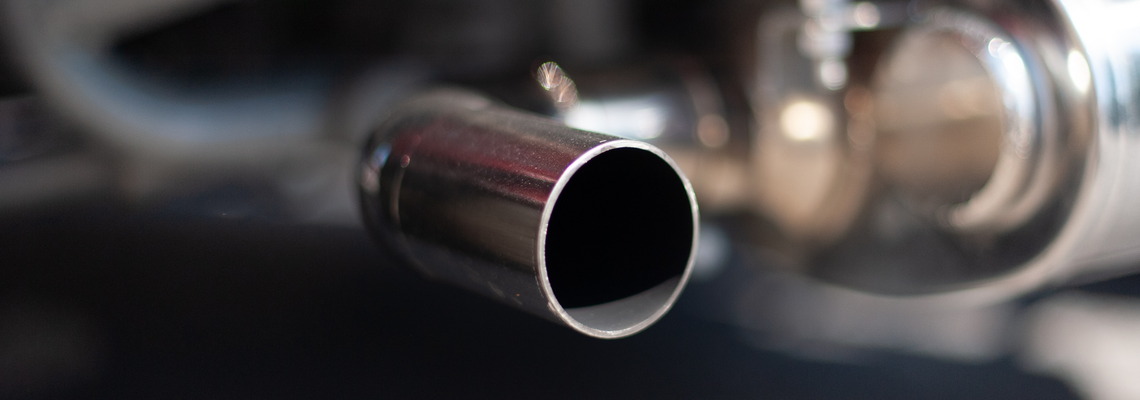
Stuttgart: Diesel driving bans are successful
Due to court rulings on the grounds of excessive nitrogen dioxide content, Stuttgart had to introduce diesel driving bans in January 2019: Vehicles with Euro 4 and below have not been allowed to enter since then. In Stuttgart's city centre and the districts of Bad Cannstatt, Feuerbach and Zuffenhausen, an even stricter regime has been in place since July 2020: on some roads there, only Euro 5 and above are allowed to drive.
The discussion about diesel driving bans alone has led to around 75,000 fewer old diesels on the road. However, this has not led to a general decrease in vehicles, on the contrary: the stock has increased by 35,000 passenger cars, precisely with other fuels. Because many of the newly registered cars are also modern diesels, Stuttgart now has one of the most modern diesel fleets in the country. Nowhere else in Baden-Württemberg were more diesel cars newly registered than in Stuttgart. Despite this, the nitrogen dioxide levels on busy roads such as the Neckartor have fallen. There, 71 micrograms were still measured as an annual average in 2018, only 53 micrograms in 2019 and finally only 36 micrograms in 2020. The limit value that may not be exceeded is 40 micrograms.
We can see what positive effects a diesel driving ban can have. But, of course, one must not ignore the fact that fewer vehicles were driving during the pandemic anyway, so it will be interesting to see whether the drop in nitrogen dioxide will continue in the coming months when traffic returns to normal.
Other cities in the region have a less fortunate hand in reducing pollutants. In Ludwigsburg, north of Stuttgart, the measures have unfortunately not been quite so successful. There, a value of 47 micrograms was recorded on the busy Schlossstraße in the city centre. Here, diesel engines of Euronorm 3 and below are also banned. In addition, pillars were installed in Ludwigsburg to filter out the nitrogen dioxide. But unfortunately, the pollution only dropped minimally to 45 micrograms per cubic metre of air, and that despite the fact that a speed limit of 40 km/h was also introduced. Now the question for the city is whether more filter columns would be helpful or whether a 30 km/h speed limit should be introduced.
So there are no patent remedies, even though banning old diesel vehicles is certainly the most effective way to reduce air pollution.
